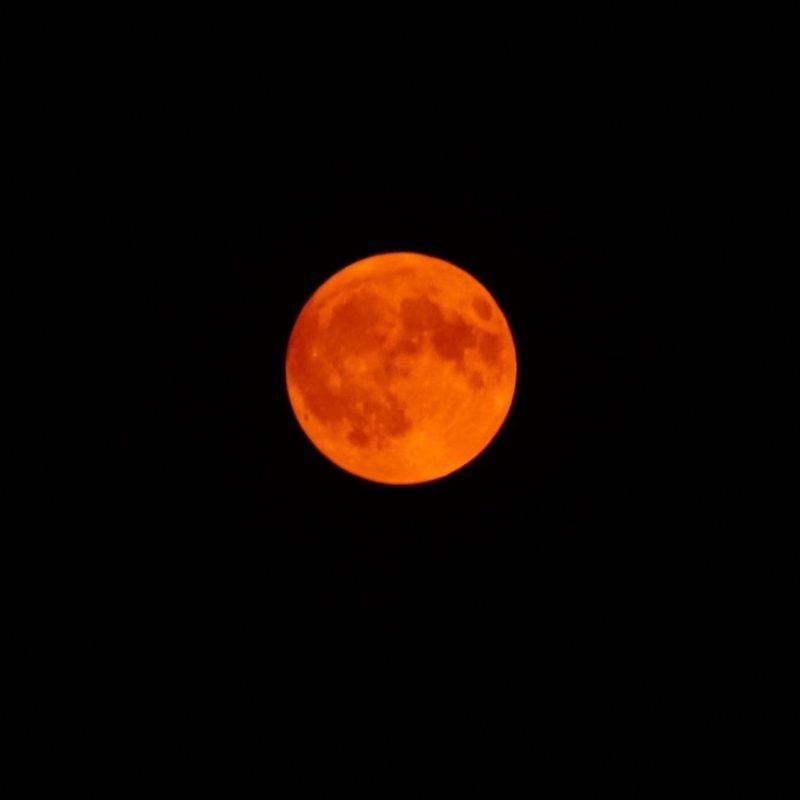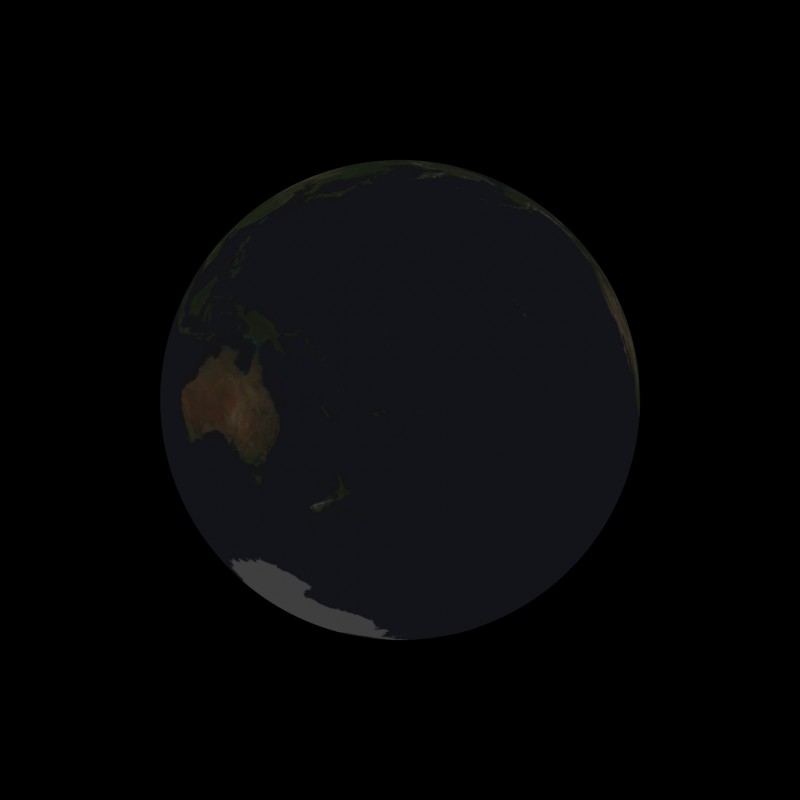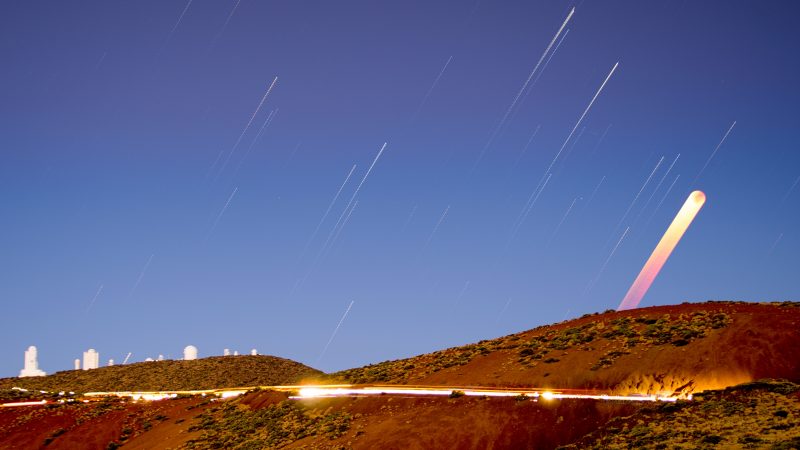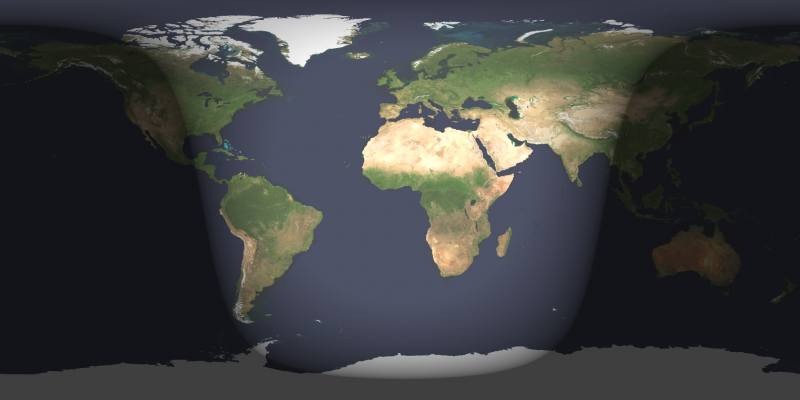
Above: August 25, 2018 full moon from Terry Lee Smith, who wrote: “… smoky full moon in Tyhee, Idaho. Our air quality has been extremely poor for the past several weeks due to the numerous wildfires.”**
On August 25 and 26, 2018, everyone around the world (except far-northern Arctic latitudes) will see a full-looking moon lighting up the nighttime from dusk until dawn. In North America, we often call the August full moon the Sturgeon Moon, Green Corn Moon or Grain Moon. In the Southern Hemisphere, where it’s the opposite season, this is third and final full moon of winter (instead of summer). Read more: What are the full moon names?
It’s very hard to tell when the moon is precisely full just by looking at it. This month’s moon turns precisely full on August 26 at 11:56 UTC; that’s 7:56 EDT, 6:56 CDT, etc. (translate UTC to your time). But those times indicate only the crest of the moon’s full phase. They indicate when the moon is most opposite the sun for this month (180 degrees from the sun in ecliptic longitude).
To the eye, on the other hand, the moon appears over 99 percent illuminated for about a day before and after full moon. People around the world will regard the moon as full on both August 25 and August 26 … and so they should.
Click here or here to know how much of the moon’s face is illuminated in sunlight for right now or any chosen time.


At about the time of the full moon, the moon rises in the east around sunset, climbs highest up for the night around midnight and sets in the west around sunrise. So these next few nights, look for the moon in your eastern sky at dusk and your western sky at dawn.
Want to know the exact time for the full moon at your locality, plus the moonrise and moonset times? Click here and remember to check the Moon phases and Moonrise and moonset boxes.
This August 2018 full moon does not pass through the antisolar point – the point that’s exactly opposite the sun – or else this full moon would undergo a total lunar eclipse. Last month, the full moon did pass through the antisolar point and through the center of the Earth’s dark umbral shadow, to stage the longest total lunar eclipse of the 21st century (2001 to 2100) on July 27, 2018.

This August 2018 full moon swings to the south of the antisolar point, and also to the south of the Earth’s shadow, so there is no eclipse of the full moon this month. In fact, all the full moons for the rest of 2018 will dip south of the antisolar point and beneath Earth’s shadow.
Finally, on January 21, 2019, the full moon will hurdle a tiny bit north of the antisolar point yet through the northern half of the Earth’s dark umbral shadow, to feature a total eclipse of the moon.
Because this upcoming total lunar eclipse on January 21, 2019, will not sweep through the antisolar point, totality will not be as long (duration: 62 minutes) as it was when the moon crossed the antisolar point on July 27, 2018, (duration: 103 minutes).
The worldwide map below shows the day and night sides of Earth at the instant of the August 2018 full moon (August 26, 2018, at 11:56 UTC). The shadow line at left (running through North America) represents sunrise August 26 whereas the shadow line at the right (crossing Asia) depicts sunset August 26.
You have to be on the nighttime side of Earth to see the moon at the instant it turns full.

Bottom line: On both August 25 and 26, 2018, the brilliant full moon drenches the nighttime with moonlight from dusk until dawn. Now about those high red moons and suns, across North America…











